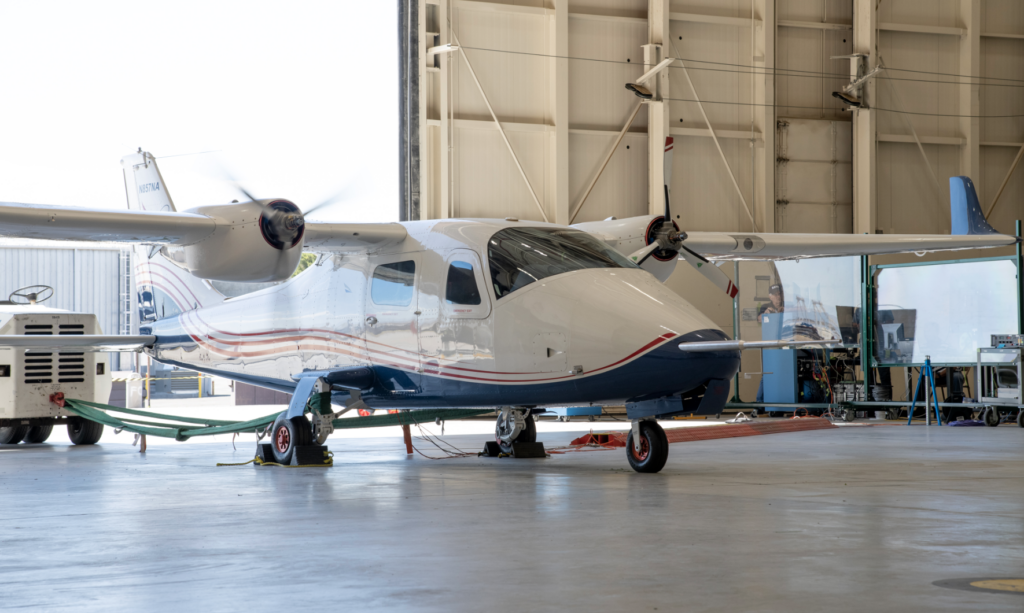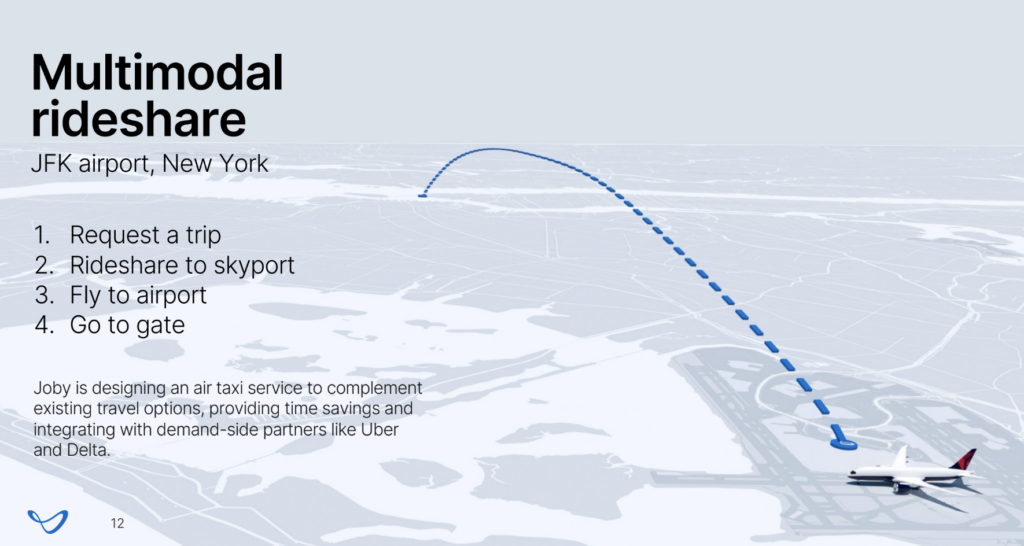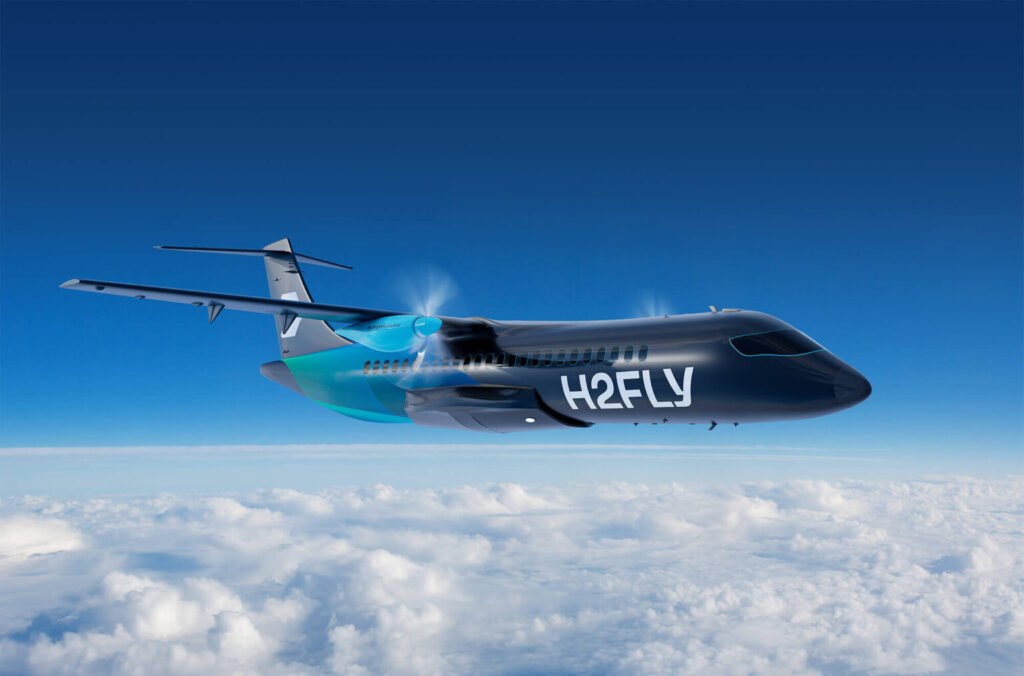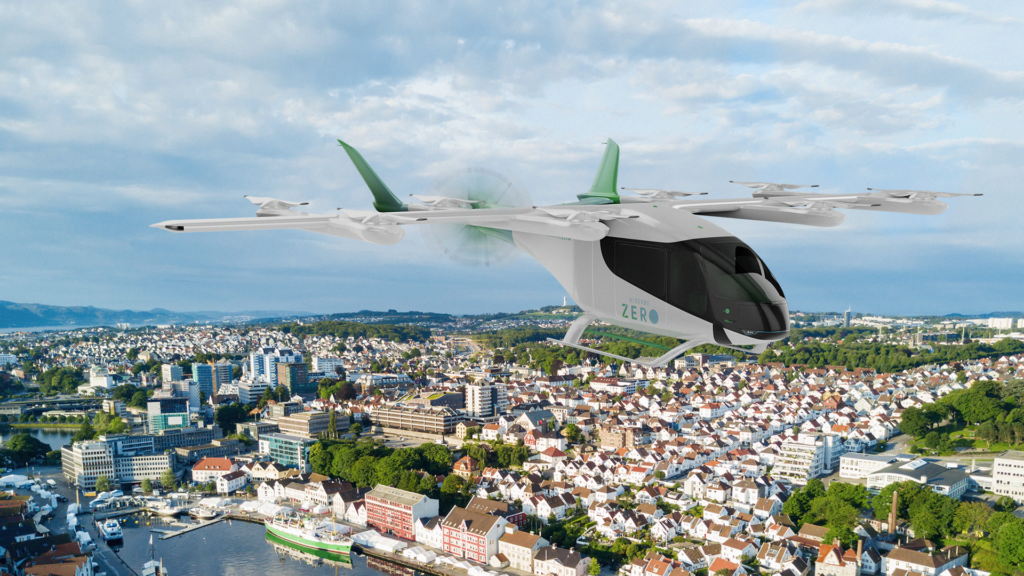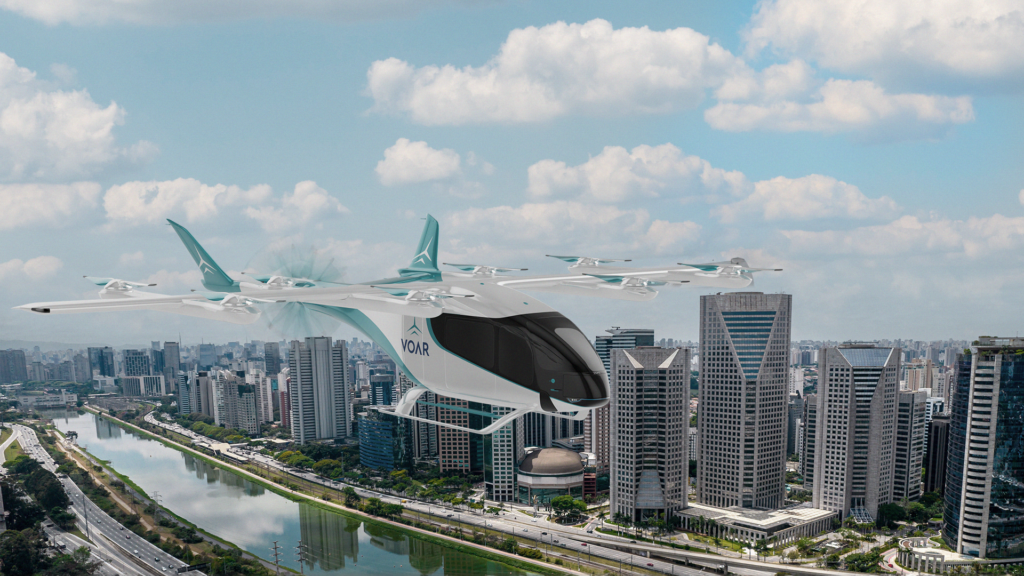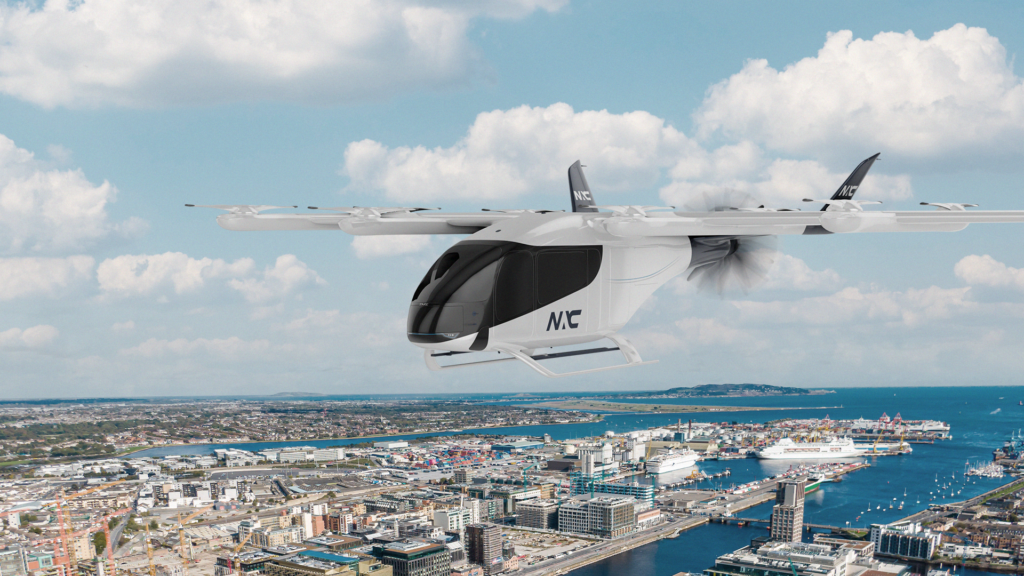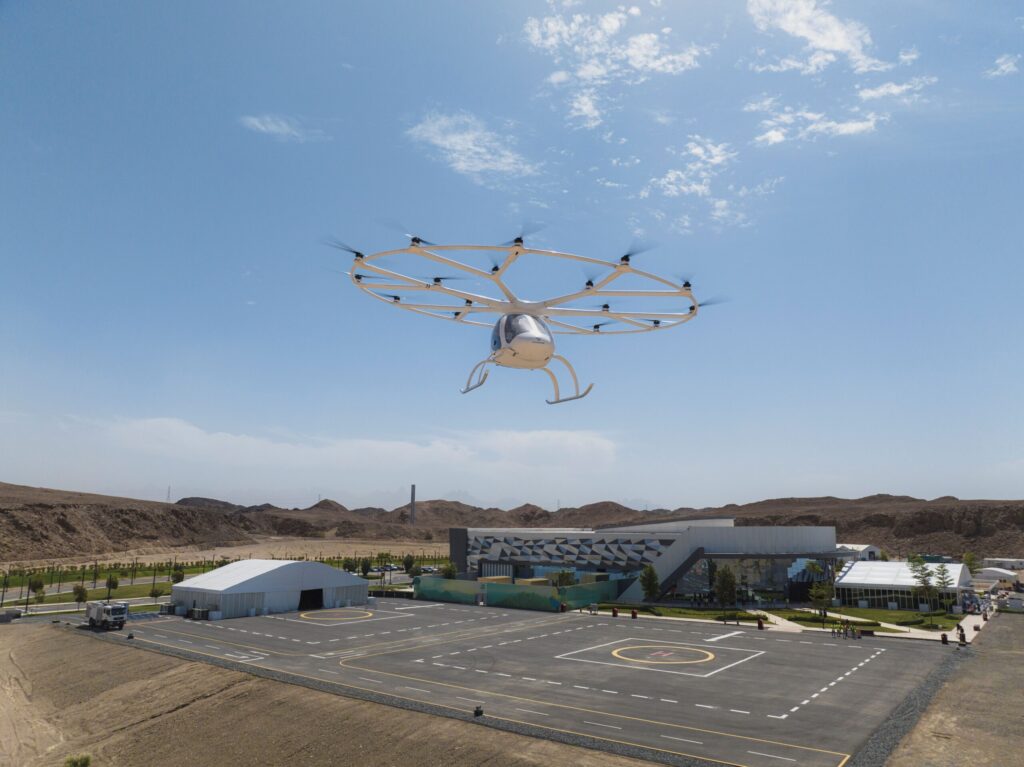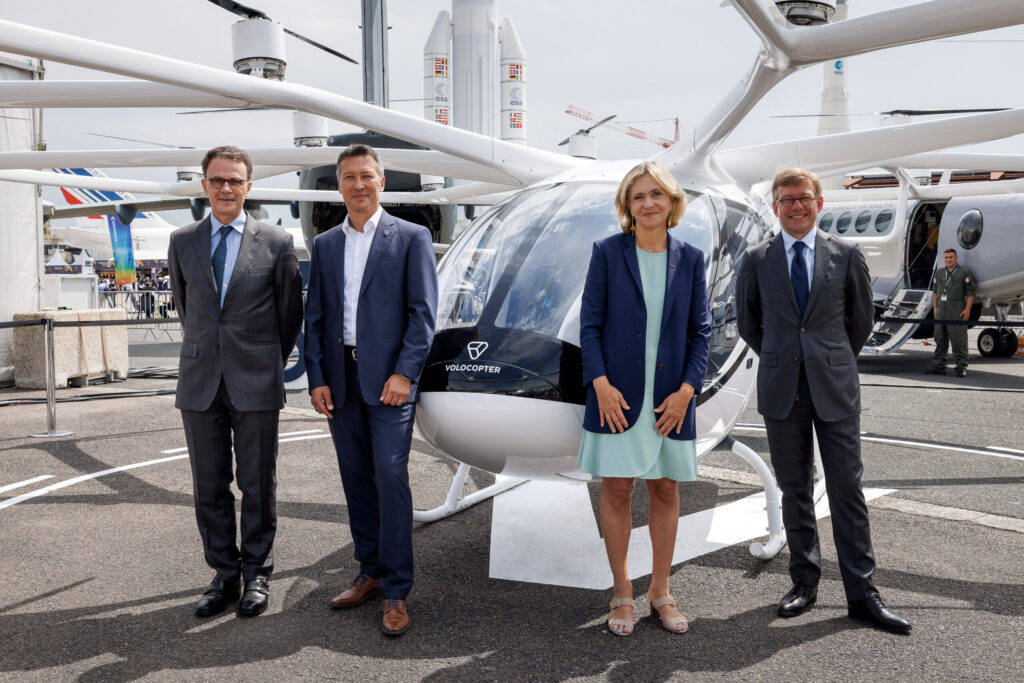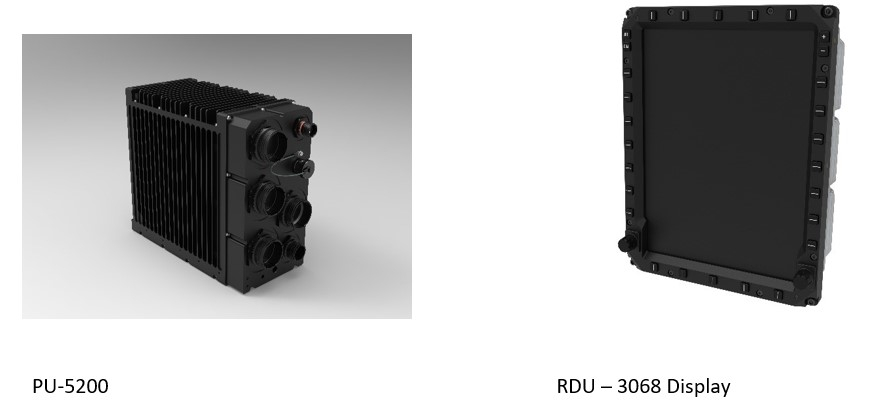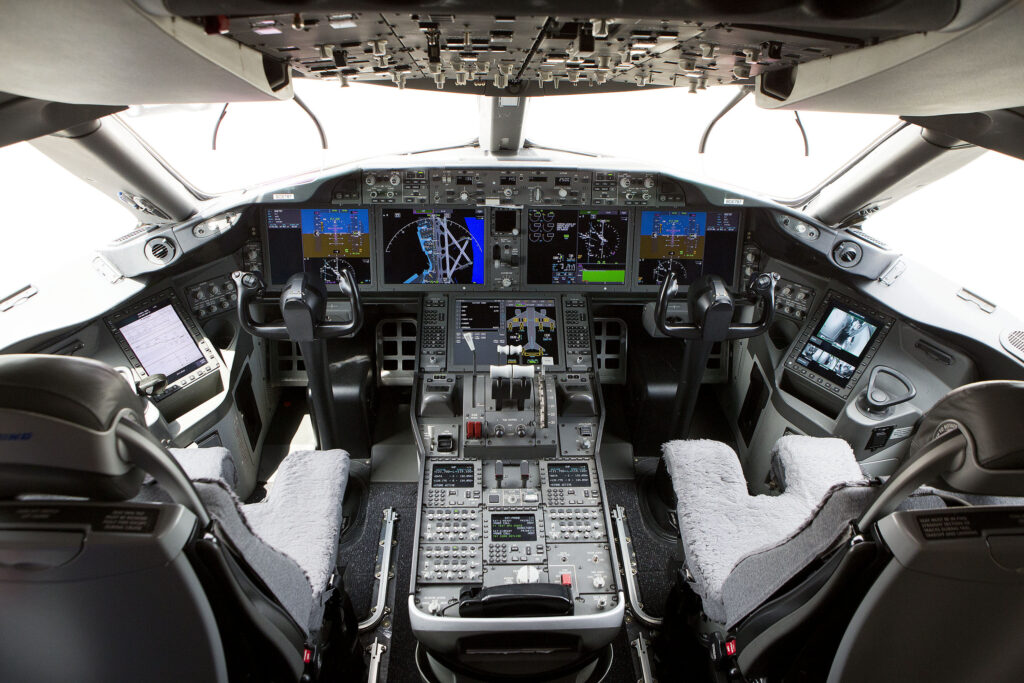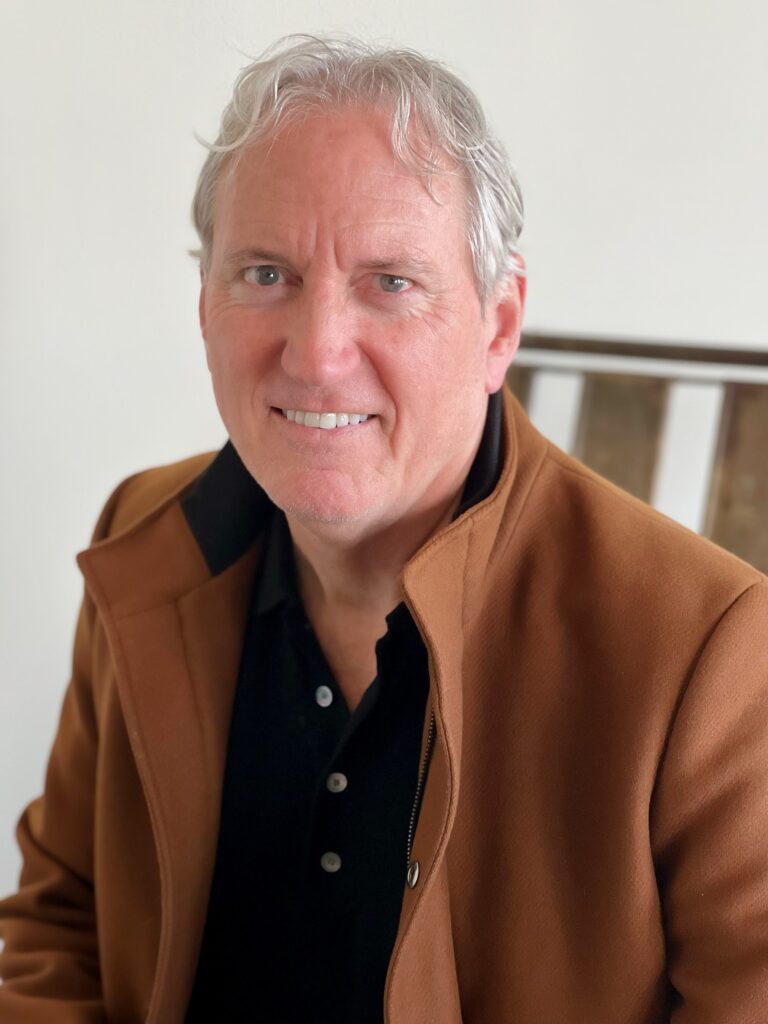Airbus Coordinates Several European Defence Fund Projects


On June 26, the European Commission announced plans to fund 41 collaborative defense research and development projects with a budget totaling €832 million (about $904 million USD). Airbus is participating in 10 of these projects, funded as part of the European Defence Fund. (Photo: European Commission)
European aircraft manufacturer Airbus will be participating in 10 projects focused on defense research and development that are funded by the European Commission through its European Defence Fund (EDF). These projects focus on several aspects of aviation and defense, and Airbus’ expertise and extensive resources in the field will help fuel innovation in the sector. Of the 10 projects, Airbus will coordinate four of them.
The European Commission first announced plans to fund 41 research and development projects focused on defense on June 26, 2023. The EDF’s collective support for these programs totaled €832 million. The funding is a response to a call for proposals issued last year, and these EDF proposals will help develop high-end defense capability projects in areas like naval, air, cybersecurity, and space.
Through the funding of projects like this, the European Union will maintain security and strong defense systems and resources. As Mike Schoellhorn, CEO of Airbus Defense and Space, explained, “In times where individual nations are protective of their respective national champions, European collaboration is more important than ever to create much-needed scale for defense in Europe. I thank the European Commission for their relentless drive to push cooperation among member states.”
While contributing to 10 projects funded by the European Defence Fund, Airbus will coordinate four of them: the Single European Sky and Interoperability, European Cyber and Information Warfare Toolbox, a Future Air System for European Tactical Transportation, and the space-based Persistent ISR for Defense and Europe Reinforcement.
The Single European Sky is a major attempt to de-fragment European airspace, all while reducing delays, improving safety and flight efficiency, and reducing aviation’s carbon footprint. Europe is a massive aviation market across all sectors, from commercial to private to defense—meaning that the current European Air Traffic Management (ATM) system controls well over 27,000 flights on a daily basis. Despite these impressive volumes, each flight is on average 49 kilometers longer than the direct route, indicating serious inefficiencies in current technology. In fact, the estimated yearly cost of this fragmentation is €4 billion. Therefore, addressing this challenge could result in lower costs for operators and fewer environmental impacts overall.
The next major project that Airbus will coordinate is focused on cybersecurity. The safety of sensitive information stored online is critical to national security. As the European Commission explains, “The continuously and rapidly increasing flow of information in the information environment, facilitated through cyber capabilities, is a well-established fact. We are witnessing an increasing number of malicious actions targeting the information environment.” Facing such challenges, this project will develop technological infrastructure designed to detect threats and deliver countermeasures to keep confidential data safe.
Future Air System for European Tactical Transportation (FASETT) is the third major project Airbus will coordinate. As a part of the EDF’s support for this project, a consortium of developers (including DE Avio, ITP, Aero Engines, Safran, and Rolls Royce Deutschland) led by Airbus’ Defense and Space branch will be granted €30 million to conduct a feasibility study for a brand-new tactical transport aircraft. Planned to last for about 18 months, the study will mainly analyze EU member nations and their needs for new transport aircraft in the 2030s and 2040s. Several of the countries contributing to FASETT—France, Germany, Spain, and Sweden—are also involved in PESCO, a similar project aiming to develop a new military transport aircraft.
The last project Airbus will lead in collaboration with the European Commission is the Space-based Persistent ISR for Defense and Europe Reinforcement (SPIDER). Behind this project is a variety of aerospace companies that span across many of the European Union’s member countries: Aalborg University (Denmark), DATI Group SIA (Latvia), E-GEOS SpA (Italy), Leonardo SpA (Italy), SAFRAN DATA SYSTEMS (France), and many more. The goal of SPIDER is to conduct a feasibility study regarding the development of multi-mission affordable satellite constellations. These would be dedicated to space-based Intelligence/Surveillance/Reconnaissance (ISR) for use by defense agencies. As a result of the study, the consortium behind the project plans to have both a preliminary system design and cost analysis completed.
The European Commission has funded these projects in an attempt to maintain national security for member states while modernizing the infrastructure defense agencies currently use to protect civilians. Given Airbus’ extensive knowledge and resources in the defense sector, it can coordinate vast amounts of research and development alongside other consortium members to help accomplish the European Commission’s goals.
—————
Boost Internet Speed–
Free Business Hosting–
Free Email Account–
Dropcatch–
Free Secure Email–
Secure Email–
Cheap VOIP Calls–
Free Hosting–
Boost Inflight Wifi–
Premium Domains–
Free Domains







